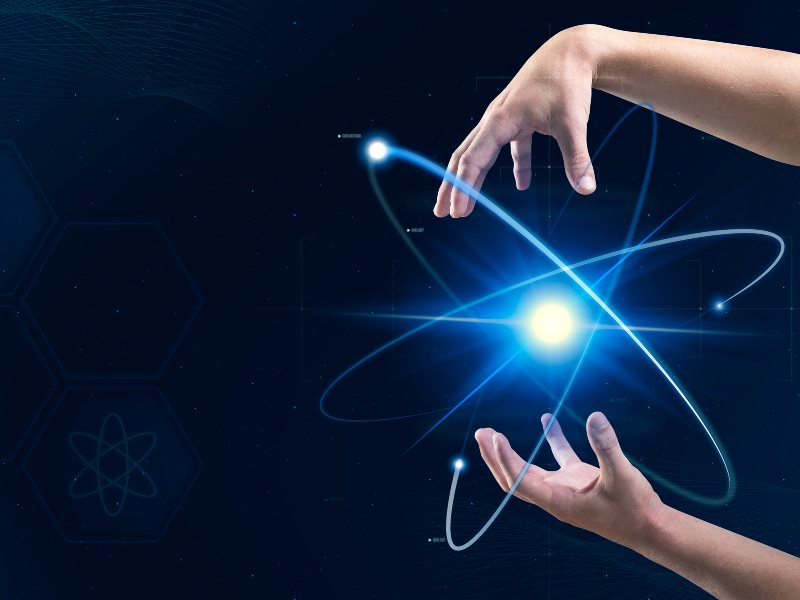The US Department of Energy (DOE) has announced $2.3 million in funding for 10 projects intended to pair private industry with DOE’s national laboratories to overcome challenges in fusion energy development.
In December, DOE announced that a team at Lawrence Livermore National Laboratory had achieved fusion ignition, a breakthrough that captured headlines. Ignition, in which more energy was derived from fusion than was put into it, had not previously been accomplished in a laboratory setting and raised hopes that fusion energy could play a major role in the transition to clean energy.
The funding awards come through the Office of Science’s Innovation Network for Fusion Energy (INFUSE) programme, which was set up in 2019 to accelerate fusion energy development through public-private research partnerships.
Have you read?
Tokamak Energy to test fusion plant materials
General Fusion’s UK demo gets go ahead
The projects will be led by researchers at seven private companies:
- Commonwealth Fusion Systems (Cambridge, Massachusetts)
- Energy Driven Technologies LLC (Champaign, Illinois)
- Focused Energy (Austin, Texas)
- General Atomics (San Diego, California)
- Princeton Stellarators Inc. (Princeton, New Jersey)
- Tokamak Energy Inc. (Bruceton Mills, West Virginia)
- Type One Energy Group (Madison, Wisconsin)
The awards are intended to provide companies with access to national laboratories’ expertise to address scientific and technological challenges in pursuing fusion energy systems.
INFUSE solicited proposals from the fusion industry and selected projects for one- or two-year awards between $50,000 and $500,000 each, with a 20% cost share for industry partners. Future funding depends on congressional appropriations.
In the Lawrence Livermore breakthrough, an extremely brief fusion reaction, which used 192 lasers and temperatures measured at multiple times hotter than the center of the sun, was achieved on 5 December 2022.
The experiments were conducted at LLNL’s National Ignition Facility (NIF), a facility large enough to accommodate three football fields. NIF is regarded as one of the world’s most precise and reproducible laser systems. It guides, amplifies, reflects, and focuses its array of laser beams into a target about the size of a pencil eraser in a few billionths of a second, in the process delivering more than 2 million joules of ultraviolet energy and 500 trillion watts of peak power.
With temperatures in the target exceeding 180 million degrees Fahrenheit and with pressures of more than 100 billion Earth atmospheres, hydrogen atoms in the target fuse and release energy in a controlled thermonuclear reaction.
NIF is a part of the National Nuclear Security Administration’s Stockpile Stewardship Program which is charged with maintaining the reliability, security, and safety of the US nuclear weapon deterrent without full-scale testing. The High Energy Density science programme studies material behavior under extreme pressure, enabling researchers to conduct weapon physics experiments in a controlled laboratory environment once possible only with underground testing.
Originally published on power-eng.com










